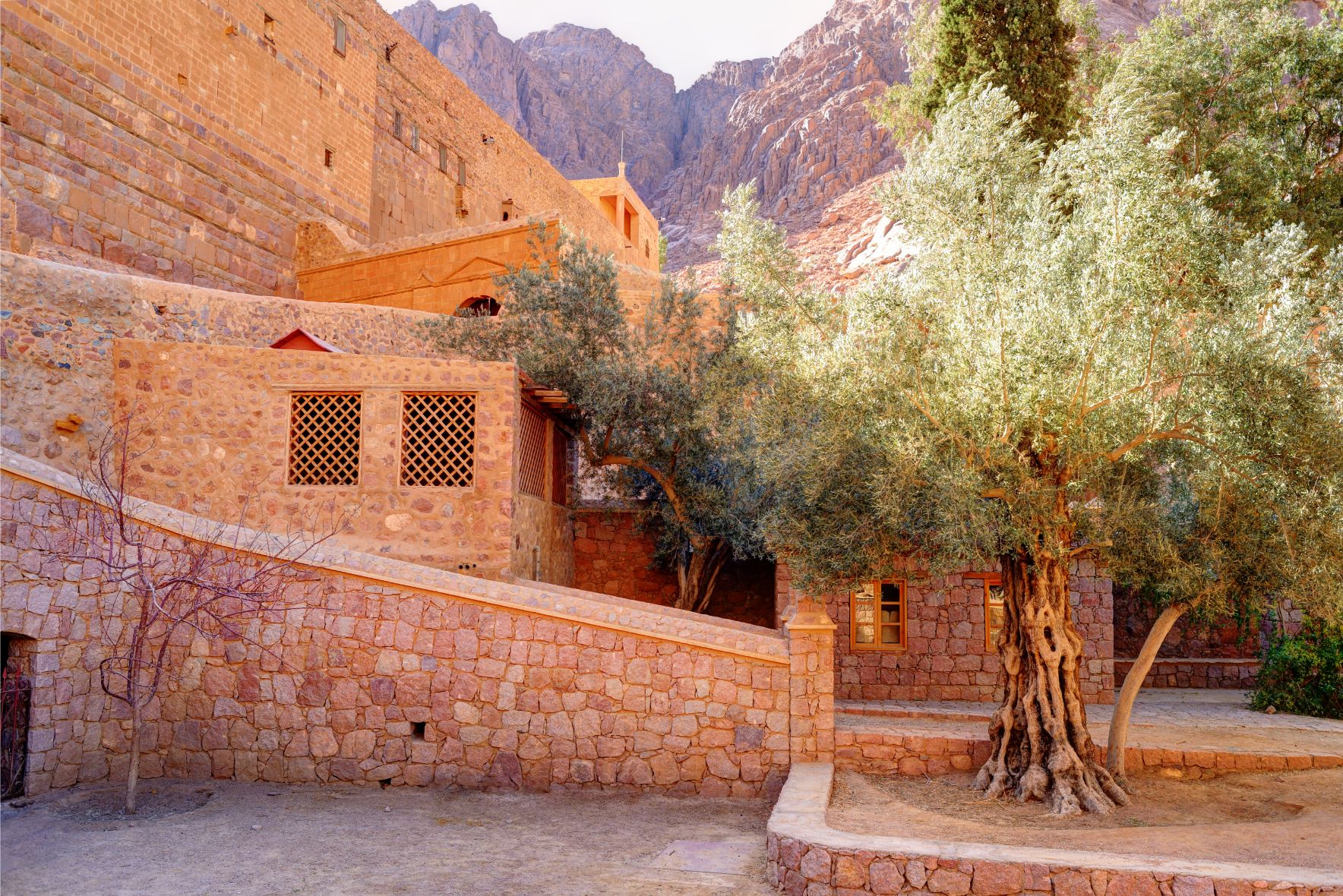
The Secret Treasures of Saint Catherine Monastery
You Never Knew Existed
Beyond the grandeur of ancient Egyptian civilization lies a world of hidden treasures, quietly preserving tales of faith, art, and history. Join us on a journey into the secret heart of Saint Catherine's Monastery, where wonders often overlooked by visitors come to life.
Uncover rare illuminated manuscripts, catch glimpses of priceless icons that have remained hidden for centuries, and venture into secluded chambers that guard the monastery’s deepest secrets. From the unique geological gems embedded in its ancient walls to the untold stories carved into its stones, Saint Catherine's Monastery offers a mesmerizing trove of surprises waiting to be discovered.
Saint Catherine Monastery
Saint Catherine's Monastery, the oldest active Eastern Orthodox monastery in the world, was built between 548 and 565 CE. Its towering granite walls, rising 12 to 15 meters high, have shielded a treasure trove of history for over 1,400 years.
Nestled at 1,600 meters above sea level in the Sinai, the monastery is home to an extraordinary collection. This includes 6,000 rare manuscripts and 2,000 historical documents, each offering a unique window into the past. Among its most priceless treasures is one of the world’s most significant Christian mosaics, rivaling in beauty the iconic mosaics of Istanbul’s Hagia Sophia.
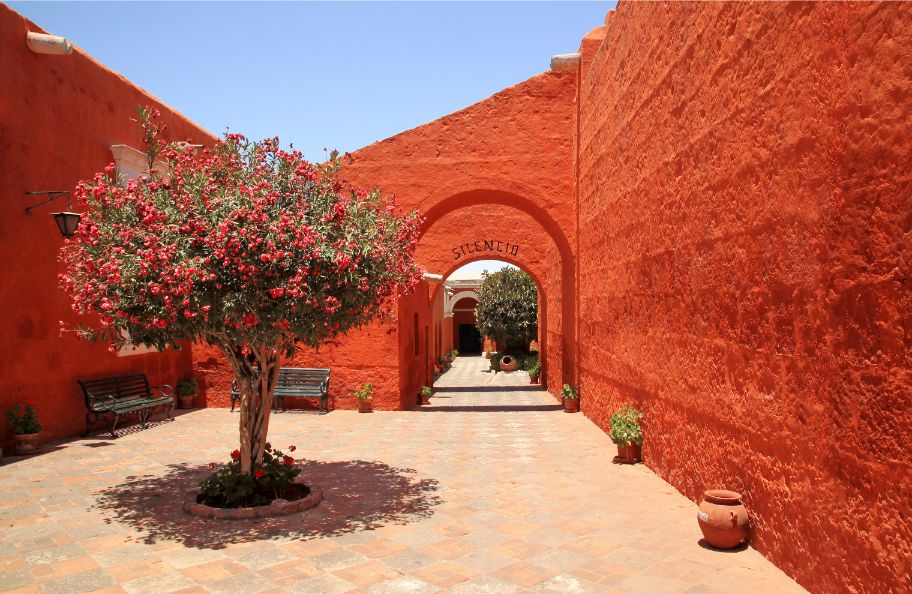
Saint Catherine Symbolize
More than just a monastery, Saint Catherine represents a profound confluence of faith, knowledge, and enduring strength. But what does this iconic figure truly embody? She symbolizes unwavering devotion, the pursuit of knowledge, and the courage to stand firm in one's beliefs even in the face of overwhelming adversity.
Saint Catherine’s story, inseparable from the monastery that honors her name, speaks of a woman who defied emperors and embraced martyrdom. She bridges civilizations, standing as a testament to the enduring power of spiritual conviction. Her legacy is one of peace, coexistence, and hope shining brightly in a region rich with history.
The Legend Behind the Monastery, A Story of Faith and Defiance
What makes Saint Catherine's Monastery so revered in history? It’s not just the ancient walls that protect it, but the powerful story of the woman herself. Saint Catherine was renowned for her unshakable faith, remarkable intellect, and fearless defiance against Roman persecution.
A scholar and philosopher, she boldly debated pagan scholars and converted many to Christianity. Her steadfast refusal to renounce her faith led to her martyrdom. But it is her legacy, marked by intellectual strength and spiritual devotion, that has immortalized her name through the centuries.
Unearth Saint Catherine's Hidden Treasures You've Never Dreamed Of
Saint Catherine’s Monastery is deeply intertwined with the sacred history of the Burning Bush, where Moses encountered God. This powerful connection makes the site holy ground for Christianity, Judaism, and Islam alike. Within its ancient walls, hidden chambers, priceless manuscripts, and architectural marvels reveal the enduring significance of this sanctuary. Together, these elements stand as powerful evidence of the rich religious history that has flourished here for centuries.
Saint Catherine Monastery History
Saint Catherine’s Monastery is an awe-inspiring historical and spiritual site nestled at the base of Mount Sinai, towering 5,000 feet above sea level. It rests in a narrow valley, surrounded by three majestic mountains: Ras Sufsafeh (potentially the biblical Mount Horeb) to the west, Jebel Arrenziyeb to the south, and Mount Sinai (Jabal Musa) just 2 kilometers away.
Built between 527 and 530 CE by Byzantine Emperor Justinian I, the monastery was established to provide protection against robbers and to strengthen the site associated with Moses’ encounter with the Burning Bush. It has remained a resilient beacon of faith for nearly 1,500 years.
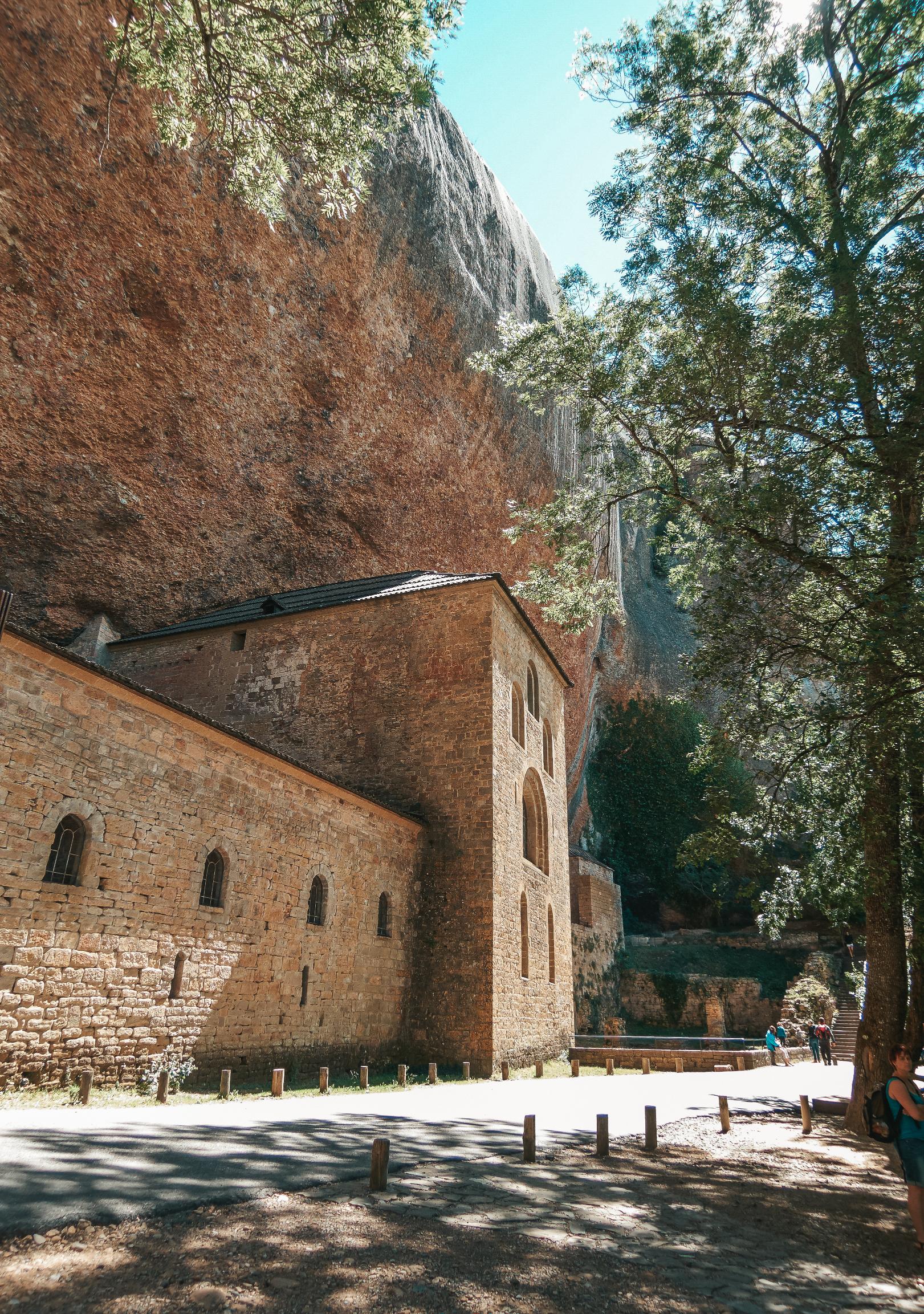
Saint Catherine Monastery Name
Initially named the Sacred Monastery of the God-Trodden Mount Sinai and the Monastery of the Transfiguration, the monastery’s name changed after the discovery of the body of Saint Catherine of Alexandria, a noblewoman, scholar, and Christian martyr. Her connection to the monastery adds to its rich spiritual heritage.
Despite the passing of centuries, the monastery has preserved its original structure, including the formidable gray granite walls, standing 280 by 250 feet, and the church dedicated to the Virgin Mary. During the seventh century, while Christian hermits in the region vanished, the monastery remained protected.
Over time, Saint Catherine's Monastery has received support from various rulers, including Byzantine emperors and the Kingdom of Jerusalem's leaders during the Crusades. Despite the historic tensions between Orthodox and Catholic churches, the monastery flourished under their protection. Additionally, the local Muslim Bedouin Arabs have long acted as the monastery's guardians, receiving support in return.
Today, the monastery is governed by a special church system known as the Church of Sinai, led by an archbishop who also serves as the abbot of the monastery. Its continued existence is a testament to its deep historical and religious significance, spanning centuries of faith, devotion, and protection.
The Hidden Chambers of the Monastery of Saint Catherine
Saint Catherine’s Monastery is home to some of the most remarkable manuscript discoveries in the world. One of the most fascinating finds occurred on May 25, 1975, when Archimandrite Sophronius, the monastery’s treasurer, uncovered a hidden cache of manuscript leaves and fragments stored in the tower along the north wall. This discovery revealed an ancient secret manuscript that had been concealed for centuries.
The room where these texts were found had once served as a storage area for manuscripts. In the early 18th century, most of the monastery's manuscripts were relocated, but some damaged leaves and fragments were left behind. An earthquake caused the floor above to collapse, sealing these forgotten texts away. It wasn't until the renovation of the tower that these hidden treasures were rediscovered.
The recovered manuscripts provide valuable insight into the monastery’s cultural and intellectual legacy. They included texts in multiple languages: Greek (the majority), as well as Arabic, Syriac, Slavonic, Georgian, Hebrew, Latin, and Ethiopian. The content spanned a wide array of subjects, including scriptures, service books, patristic texts, and monastic writings, perfectly aligning with the monastery’s renowned library collection.
Among the most remarkable items found were:
- The fourth-century Codex Sinaiticus, a pivotal early Christian manuscript, with twelve pages and twenty-four fragments discovered.
- Leaves from an 862/3 psalter, shedding light on early biblical texts.
- Eighth-century fragments of Saint John Climacus's “Ladder of Divine Ascent,” the oldest surviving copy written within a century of its creation.
One of the most exceptional discoveries was a Georgian palimpsest containing text in Caucasian Albanian, an extinct language that had only been known from a few stone inscriptions. Researchers were able to reconstruct the language and revealed Gospel translations in Caucasian Albanian from the late fourth or early fifth century.
Since 2011, scholars have employed advanced imaging technology to further explore the monastery’s collection. Using specialized imaging techniques and different-colored lights, they uncovered 74 palimpsests containing 6,800 pages, revealing 108 pages of previously unknown Greek poems and even the oldest-known recipe attributed to Hippocrates.
These extraordinary findings continue to reshape our understanding of ancient languages, cultures, and the deep historical significance of the texts stored within Saint Catherine’s Monastery. Each discovery adds to the monastery’s role as a treasure trove of Christian and cultural heritage.
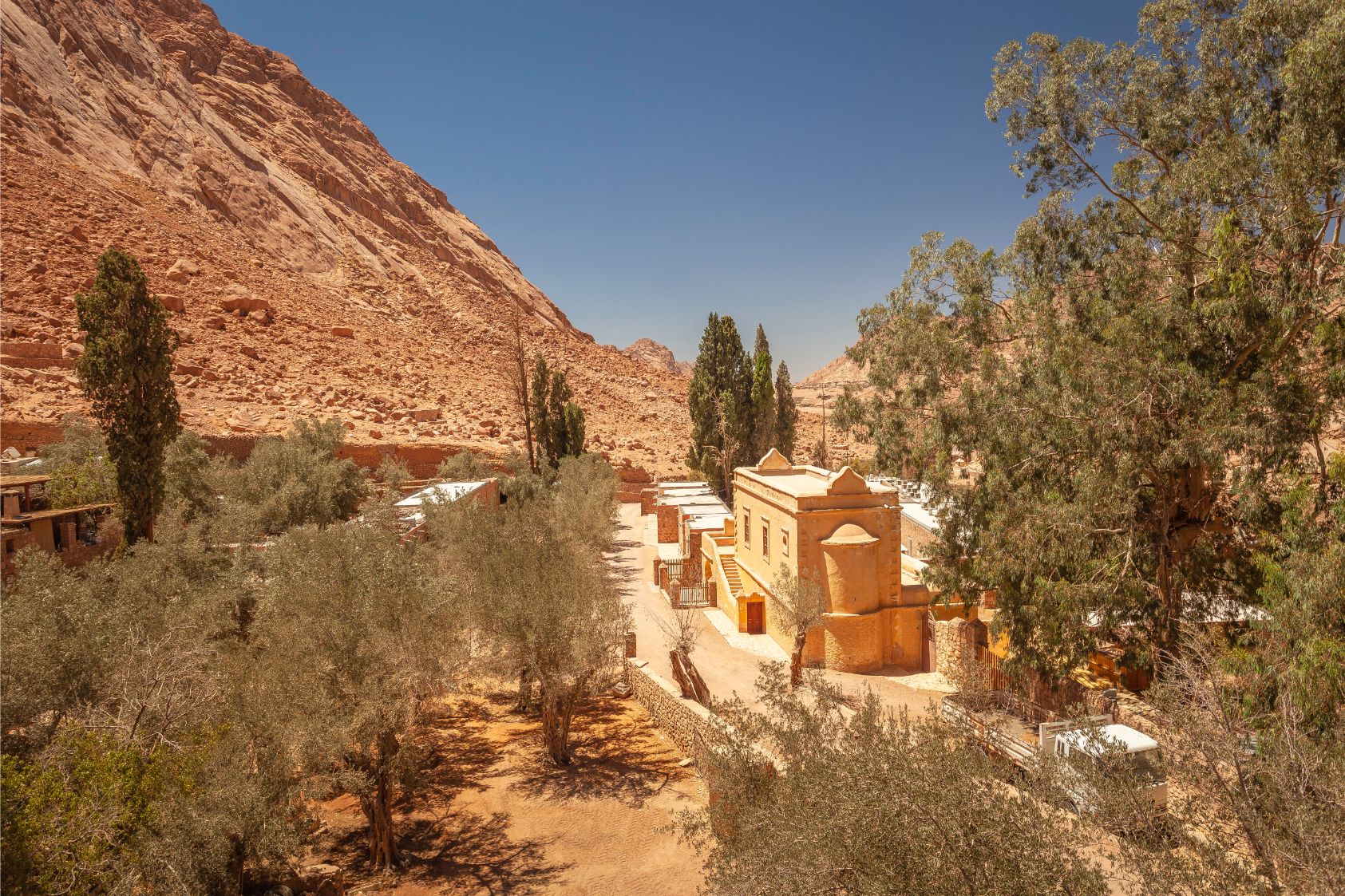
Rare Manuscripts and Literary Treasures
Saint Catherine's Monastery houses one of the most historically significant manuscript collections in the world. With about 6,000 manuscripts, this library stands as the oldest operating library today, offering an invaluable window into centuries of intellectual and spiritual history. Its significance cannot be overstated, ranking among the most important Christian manuscript collections globally, second only to the Vatican's holdings.
A Multilingual Treasury
The manuscripts reflect a remarkable linguistic diversity. Greek texts make up the majority, about two-thirds of the collection, encompassing over 3,300 manuscripts. The remaining works are written in a variety of languages, including:
- Arabic (600 manuscripts)
- Syriac
- Georgian
- Slavonic
- Other languages such as Polish, Hebrew, Ethiopian, Armenian, Latin, and Persian
This linguistic variety highlights the multicultural and interfaith nature of the monastery, where various religious traditions coexisted over centuries.
Priceless Literary Jewels
The Codex Sinaiticus, dating back to the fourth century, is the crown jewel of Saint Catherine's Monastery's manuscript collection. As the oldest complete New Testament in existence, it holds tremendous significance for both religious and historical scholars. The manuscript features four columns per page, written in clear, regular script, showcasing the craftsmanship and care put into its creation. Originally, it contained both the Old and New Testaments, as well as the Shepherd of Hermas and the Epistle of Barnabas, making it a foundational text for early Christian literature.
Another remarkable manuscript in the collection is the Codex Syriacus, a palimpsest from 778 AD. Its underwriting may date back to the fifth century, and it is one of only two manuscripts in the world that preserves the Old Syriac Gospel translation. This makes it an invaluable artifact for understanding early Christian translations and the spread of Christianity across different regions.
In addition to these religious manuscripts, conservation specialists employ advanced digital technology to preserve the monastery’s collection. Kenneth W. Clark made significant strides in preserving these texts when, in 1950, he led a Library of Congress expedition to microfilm 1,687 manuscripts. These microfilmed copies are now digitized, making them accessible to researchers around the world and ensuring their protection for future generations.
The monastery's manuscript collection
The monastery's manuscript collection is not limited to religious texts. It also includes classical Greek works, lexicons, medical texts, and travel accounts. These manuscripts offer a broad spectrum of knowledge, reflecting the intellectual and cultural diversity of the times. They provide valuable insights into various fields of human knowledge, such as philosophy, science, and geography, showing that the monastery’s library is a treasure trove not just of religious material, but of ancient wisdom.
Sacred Relics and Artistic Wonders
Saint Catherine's Monastery houses one of the world's greatest religious art collections, remarkable both in age and preservation. This iconic collection spans over 2,000 icons, ranging from the 6th to the 19th century, making it possibly the largest such collection in the world. These icons have survived Byzantine iconoclasm largely intact, offering an invaluable window into the development of early Christian art.
The oldest icons in the collection showcase the encaustic technique, where wax and vegetal pigments are heated to high temperatures and applied to wood surfaces. These icons are some of the rarest examples of pre-iconoclastic art from the 6th and 7th centuries. Among these treasures, the monastery proudly houses the oldest known icon depicting an Old Testament theme, an extraordinary relic that traces the origins of Christian iconography.
The Grand Mosaic of the Transfiguration
The Grand Mosaic of the Transfiguration, a 6th-century masterpiece, is the basilica's centerpiece and remains one of the most beautifully preserved works in the monastery. Positioned above the altar, it reflects the monastery’s original dedication to the Transfiguration of Christ before it was later named in honor of Saint Catherine.
Saint Catherine's sacred relics add another layer of historical significance to the monastery. Her marble reliquary, crafted by stonecutter Procopius, rests on the sanctuary’s south side. The reliquary holds two priceless gifts from the Russian Empire: one contains her head, the other her left hand, linking the monastery with Eastern Orthodoxy and deepening its sacred status.
A particularly notable aspect of the monastery's collection is its Crusader art. About 120 icons from the 13th century reflect a hybrid artistic style blending Byzantine and Western influences, showcasing a unique period of cultural fusion. These icons are believed to have been created by Latin artisans associated with the monastery during the Crusader period, adding a distinct historical layer to its artistic treasures.
The monastery is also home to the Well of Moses, also known as the Well of Jethro, where Moses is said to have met Zipporah, his future wife. This sacred site, coupled with the monastery's unparalleled collection of religious art, offers a deeply spiritual and artistic journey. Saint Catherine Monastery stands as a living museum where faith and art intersect across fifteen centuries, preserving not just ancient religious traditions but a tangible history that continues to inspire reverence and awe.
The stones in Saint Catherine's Monastery
Saint Catherine Monastery’s architectural grandeur is a reflection of its expert stonework, which has stood the test of time for nearly fifteen centuries. The granite walls of the monastery appear virtually unchanged from the time when Emperor Justinian I constructed them, remaining steadfast while many other ancient structures have been lost to wars and natural disasters.
The defensive walls of the monastery are a prime example of Byzantine military architecture at its peak. Made from local reddish granite sourced from the surrounding mountains, these walls rise 12-15 meters in height and are up to 2 meters thick in places. This strategic use of stone not only provides strong protection but also harmonizes perfectly with the dramatic Sinai landscape, reflecting the monastery’s dual purpose of security and beauty.
Inside the monastery
Inside the monastery, exceptional craftsmanship is evident in several places. The Chapel of the Burning Bush stands as a sacred site, built around the bush where, according to tradition, Moses encountered God. The stones in the chapel span different historical periods, adding layers of significance, and the marble slabs on the floor are adorned with silver medallions that mark the sacred locations. This careful layering of history within the chapel enhances its spiritual atmosphere.
The granite steps leading to Mount Sinai are another notable feature. Carved directly into the mountain, these ancient paths known as the Steps of Repentance consist of about 3,750 steps that wind their way to the summit, where Moses is believed to have received the Ten Commandments. These steps are not only a physical ascent but also represent a spiritual journey toward enlightenment.
Beyond their aesthetic and symbolic value, the monastery’s stones serve practical functions. The thick granite walls naturally insulate the building, maintaining a steady temperature even in the extreme desert heat. Additionally, stonewater cisterns, carved into the bedrock throughout the complex, collect and store precious rainfall, ensuring a reliable water supply in this arid environment.
The stones of Saint Catherine Monastery embody both spiritual meaning and practical design. Each granite block, marble slab, and carved step is a testament to the monastery’s durability. The vision of its Byzantine founders, coupled with the efforts of the monks who have preserved this sacred site, ensures that it remains a powerful fortress of faith and history for over 1,400 years.
Saint Catherine Monastery stands as a profound symbol of human faith, artistry, and preservation. This spiritual fortress has safeguarded priceless treasures for fifteen centuries, remaining a living testament to devotion while continuing to serve as an active center of worship.
The monastery's influence extends far beyond its granite walls. It is a place where lost languages emerge from ancient manuscripts, hidden chambers reveal unexpected treasures, and precious icons display artistic traditions that might have vanished during the iconoclastic period. Saint Catherine’s sanctuary is not just a place of Christian reverence; it has become a shared space that connects Christian, Muslim, and Jewish communities, all of whom hold the site in deep respect.
Scholars have gained invaluable insights into early Christian art and literature through the monastery’s carefully preserved treasures. The Codex Sinaiticus, the oldest complete New Testament, stands as the collection’s crowning jewel. Modern imaging technology continues to unlock the secrets of other manuscripts, revealing further layers of history and spirituality. These discoveries illuminate the growth of human spirituality and intellectual progress across centuries.
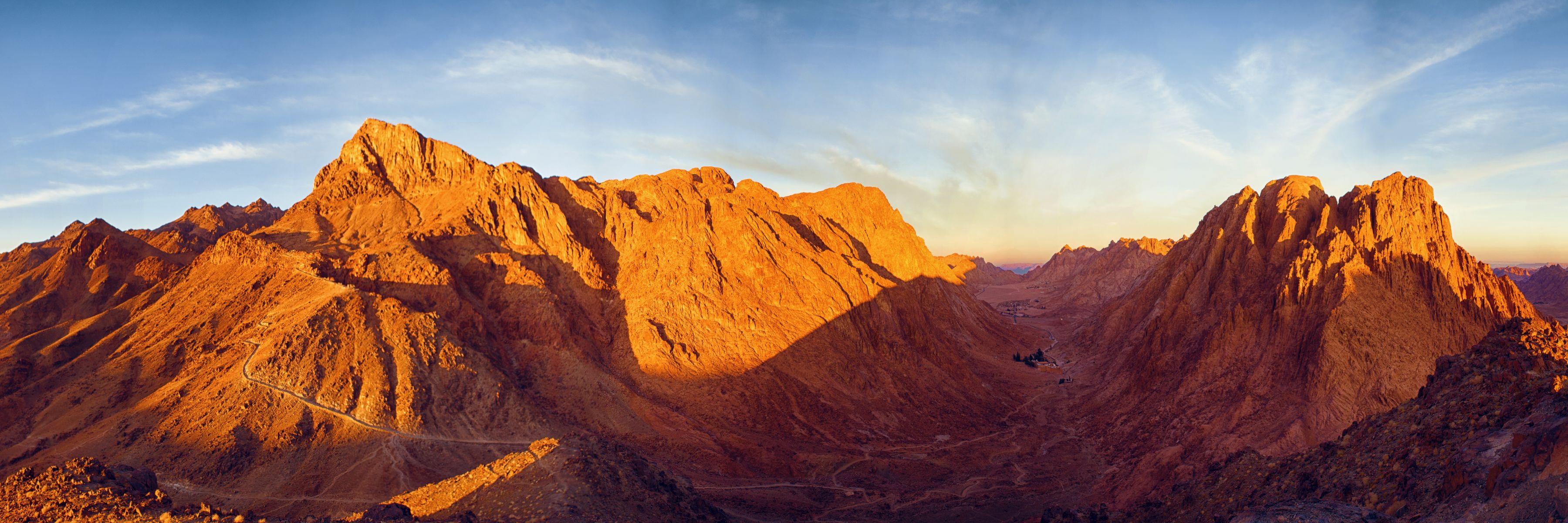
Saint Catherine Monastery showcases the role that special places can play in protecting humanity’s shared cultural heritage. Nestled among the peaks of Sinai, it continues its centuries-old task of preserving irreplaceable treasures while offering a welcoming sanctuary for pilgrims and scholars alike. The monastery serves not only as a physical repository of the past but also as a space where visitors can engage with history, spirituality, and cultural preservation.
Visiting Saint Catherine's Monastery is not merely a journey to a historical site; it is a profound encounter with a powerful symbol. It’s about understanding how Saint Catherine’s unwavering spirit has inspired generations, transcending time and place. Her story continues to resonate deeply, standing as a timeless symbol of faith and resilience that endures across the ages. Witness the continuing legacy of her influence an enduring reminder of strength, hope, and faith.
Related Articles
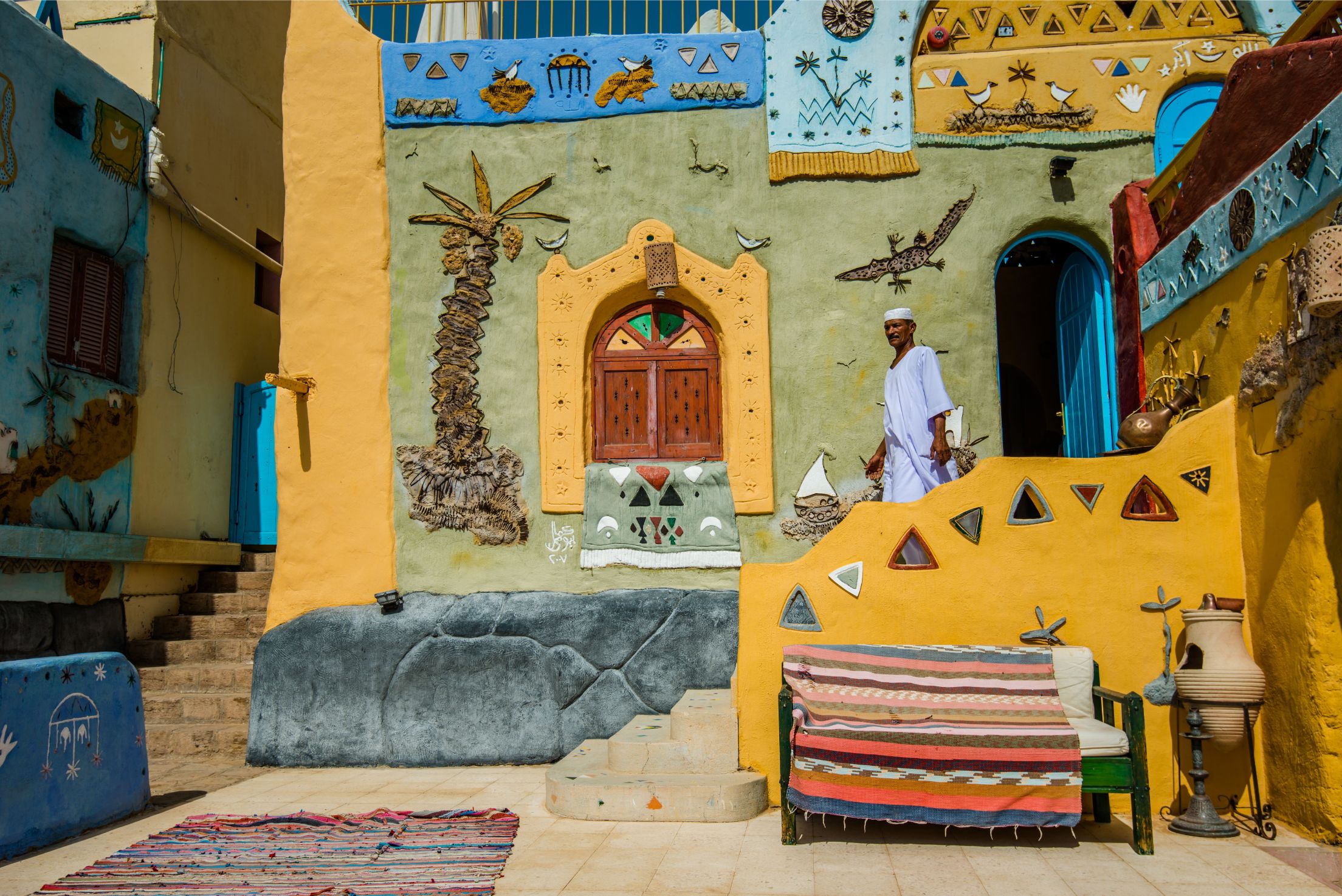
The Nubian Village in Egypt is a Magic Experience
The Nubian Village is a Spellbinding Cultural Adventure. Secret Stories from the Nubian Village in Egypt You Need to Know
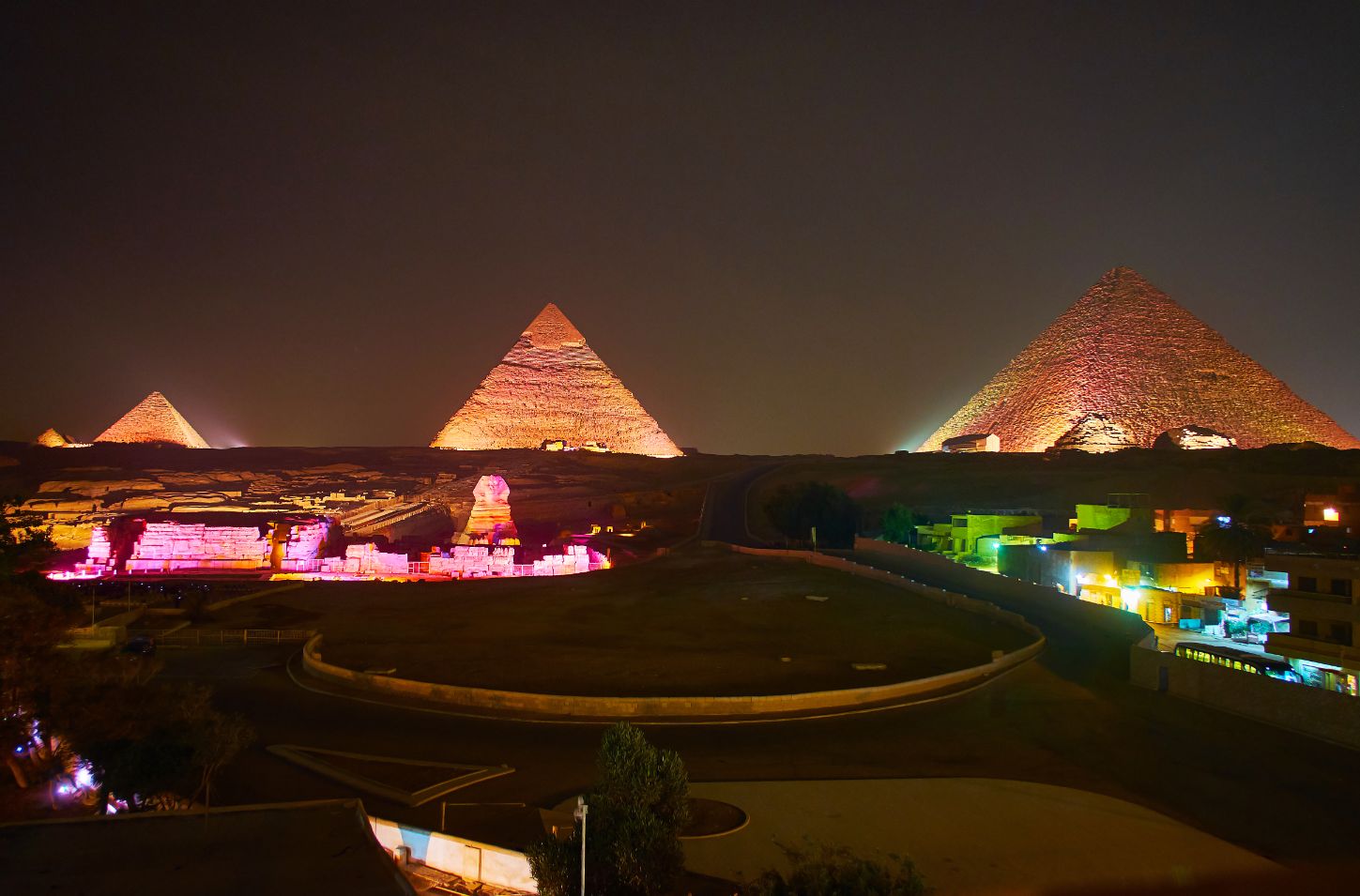
The Magic Legends of Sound and Light Shows Egypt
Egypt's Sound and Light Shows create this magical experience by transforming magnificent monuments into storytelling canvases as night falls.

Why is Luxor the Perfect Spot for 2027 Solar Eclipse Path?
Luxor is set to host one of the decade’s most spectacular celestial events, the 2027 solar eclipse.
